
Smart Pension Planning for 2025/26: What You Need to Know
Why Pension Contributions Matter
Saving into a registered pension scheme remains one of the most tax-efficient ways to plan for retirement. Whether you’re an individual, a business owner, or an employer, making pension contributions can offer valuable tax relief. Contributions can be made for yourself or on behalf of someone else, and employers are also required to contribute for eligible employees under auto-enrolment rules.
Understanding Auto-Enrolment
Auto-enrolment is a legal requirement for employers to enrol certain employees into a workplace pension scheme. An eligible employee is between 22 and the state pension age, earning at least £10,000 annually. The total minimum contribution to the scheme is 8% of qualifying earnings, with at least 3% coming from the employer.
Employees can opt out, but doing so means forfeiting employer contributions—a significant loss in long-term savings. It’s a choice that should be weighed carefully.
Personal Pension Contributions and Tax Relief
Individuals can make contributions to a personal pension scheme and benefit from tax relief. For the 2025/26 tax year, the annual allowance—the cap on tax-relieved contributions—is set at £60,000. However, high earners may face a reduced allowance:
- If your threshold income (excluding pension contributions) exceeds £200,000
- Your adjusted income (including pension contributions) is over £260,000
Your annual allowance will be reduced by £1 for every £2 over the £260,000 limit, down to a minimum of £10,000.
Carrying Forward Unused Allowances
If you haven’t used your full annual allowance in previous years, you can carry it forward for up to three years. The current year’s allowance must be used first, and any remaining relief is applied in chronological order from earlier years.
As an example, someone who made no contributions in 2022/23 through to 2024/25 may be able to contribute up to £220,000 in 2025/26, assuming they have sufficient earnings. However, bear in mind that high earners may still face abatement rules, reducing their available allowance.
Lifetime Limits and Lump Sum Rules
The lifetime allowance on tax-relieved pension savings has been scrapped. But there is still a cap on the tax-free lump sum you can take—this is limited to £268,275 or 25% of your pension pot, whichever is lower.
Once you begin accessing your pension (currently allowed from age 55), your ability to contribute further is curtailed by the Money Purchase Annual Allowance (MPAA), which remains at £10,000 for 2025/26.
Tax Planning for Personal and Family Companies
Suppose you’re a director of a personal or family company and draw a modest salary (often around the £12,570 personal allowance) with dividends making up the rest of your income. In that case, your contributions to a pension are limited. This is because dividends don’t count as pensionable earnings.
However, your company can make pension contributions on your behalf. These employer contributions count towards your annual allowance but are not capped at your earnings. This strategy not only helps you save for retirement but also reduces the company’s corporation tax bill, making it a highly tax-efficient way to extract profits.
Final Thoughts
Whether you’re contributing personally, through your business, or benefiting from auto-enrolment, pension savings are a key part of long-term financial planning. With generous allowances and tax advantages available—especially for those who plan—it’s worth revisiting your pension strategy for the 2025/26 tax year.
Additional Resources:
Partner Note: FA 2004, Pt. 4; Pensions Act 2008.
For more information, Book a Free Consultation
Need Accountancy Support?
For information on bespoke training, or if you have any other questions for Makesworth Accountant, please fill in your details below






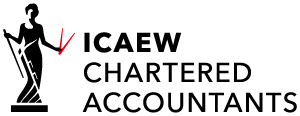

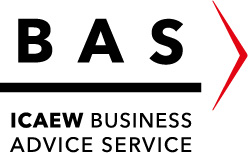

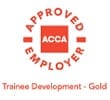
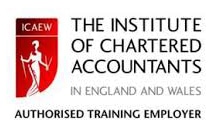

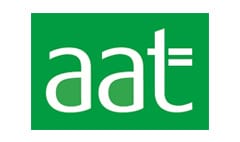
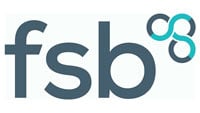

 151
151